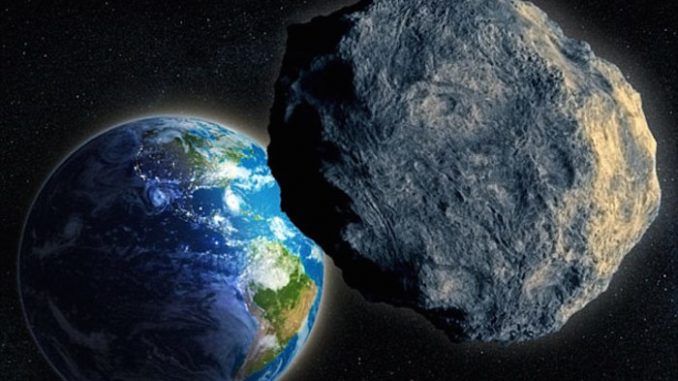
NASA have launched an investigation into the so-called ‘Armageddon’ asteroid that appears to be heading towards Earth.
Scientists will collect rock samples from the asteroid named Bennu, in an effort to understand just how much of a danger it poses to life on Earth.
Independent.co.uk reports:

BYPASS THE CENSORS
Sign up to get unfiltered news delivered straight to your inbox.
You can unsubscribe any time. By subscribing you agree to our Terms of Use
Bennu, which is around 500 metres in diameter at its equator and travels around the sun at 63,000mph, will pass between Earth and the moon in 2135.
“That 2135 fly-by is going to tweak Bennu’s orbit, potentially putting it on course for the Earth later that century,” Dante Lauretta, professor of planetary science at Arizona University, told The Sunday Times.
“It may be destined to cause immense suffering and death,” he added.
Mr Lauretta, Nasa’s principal investigator in charge of the Osiris-Rex probe mission to Bennu, launching in September, said the probe will map the asteroid, pick up some rock samples and then head back to Earth. He said information on the asteroid’s size, mass and composition could be vital data for future generations.
Osiris-Rex will arrive at Bennu in 2018 and will spend a year surveying the asteroid’s chemical makeup, mineralogy and geologic history. Information gathered during the observation will help scientists understand how its course is affected by absorbing and radiating sunlight as heat.
The probe will then take a sample from the asteroid before heading back to Earth for 2023.

NASA is too stupid to find it’s way out of a paper bag.
How so?
Sounds like a good movie, but reality? I don’t think so. Wonder where the money is really going?
Why would it be a scam? Asteroids and NEO(Near Earth Objects) are serious matters. Very hard to detect normally, especially with an underfunded emphasis on any sort of asteroid detection system.
It is called “Wormwood” in Revelation and a “Mountain of Fire from the Sky”
More End Time News At:
http://www.shininginthedark.com/?page_id=11467